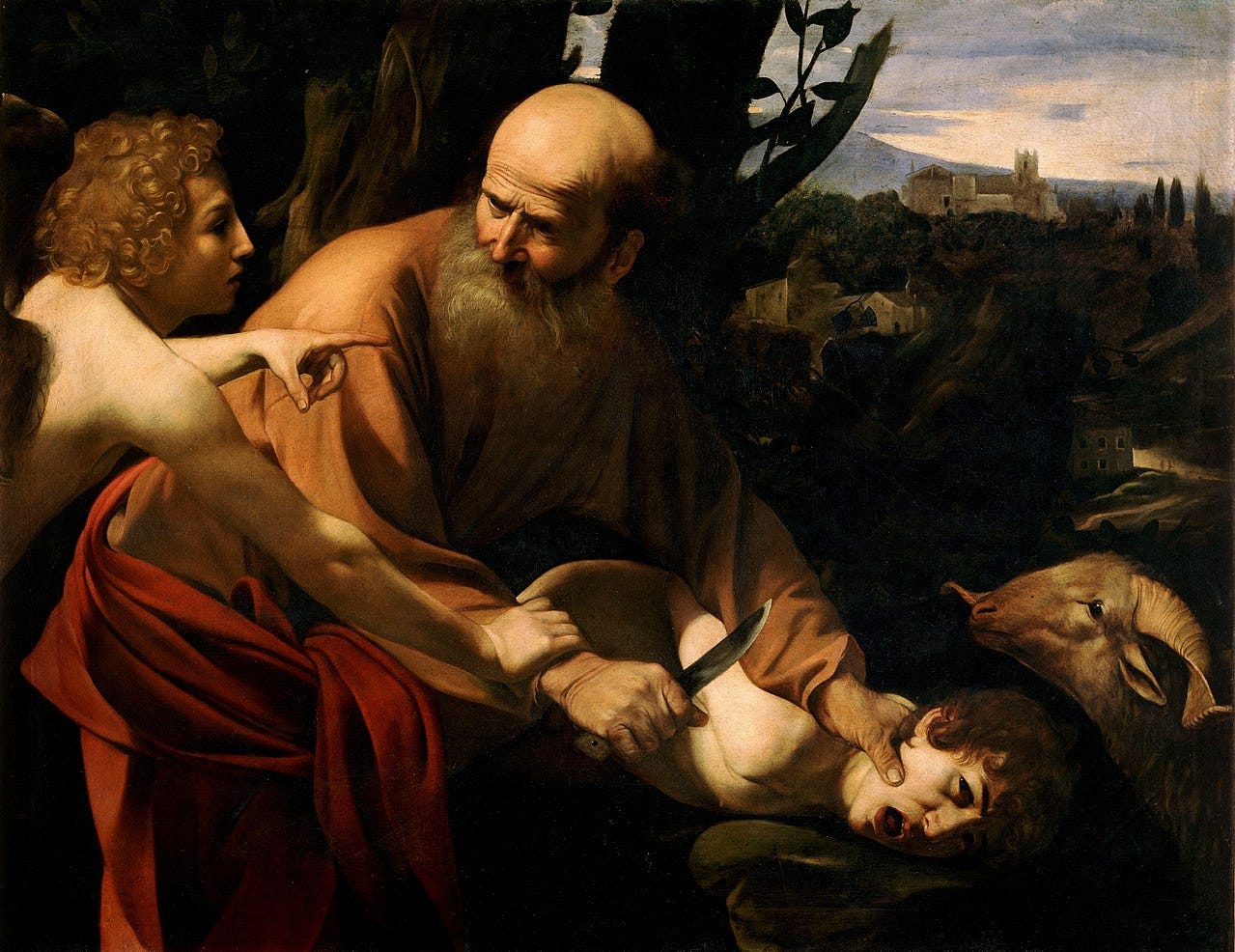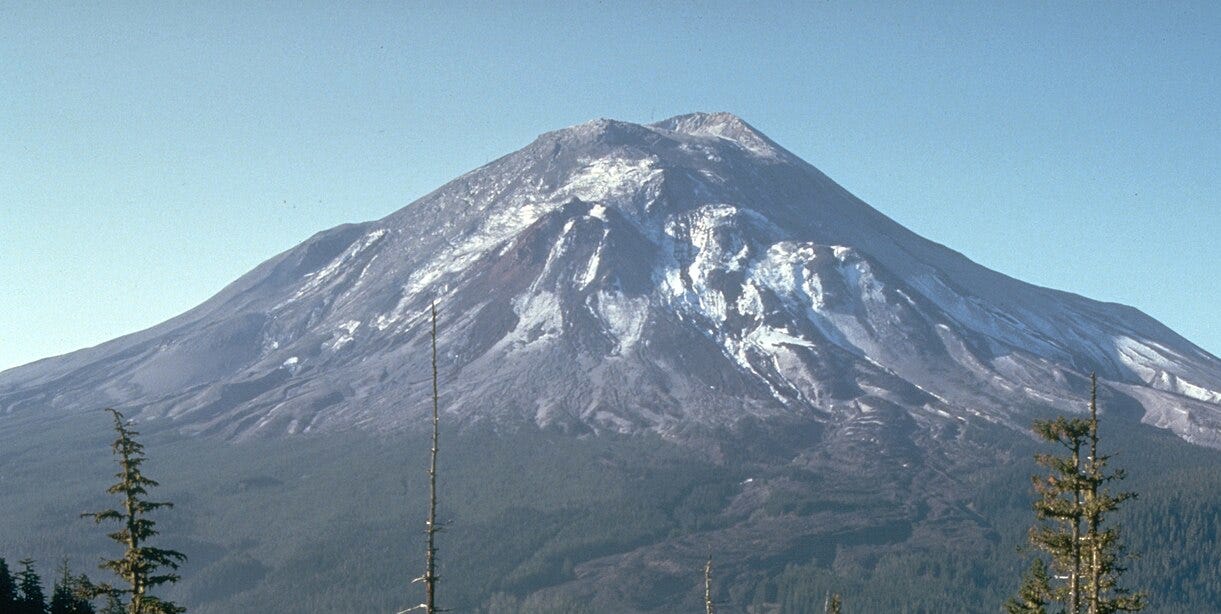Welcome to the July issue of the Peripatetic Historian.
This Month:
Peripatetic Field Report: Two Years in the Middle East
Book News
What’s New in Old News?
Then and Now: The Eruption of Mount St. Helens
Let’s get started…
Arrivederci Irbid
I originally entitled this month’s overture “Thirteen Days in Purgatory,” and composed several gripping (griping?) paragraphs about the heat wave that ended my stay in the Middle East. Hot air snaked up the Jordan valley from North Africa and scorched the land with its fiery breath.
I was tested, tried, and tortured—a horseshoe in Allah’s forge—by the relentless sun, unseasonably hot weather, and an air conditioner that only cooled one bedroom—when it worked.
It was uncomfortable.
I could go on. I did go on. But ultimately I deleted my first cut at this section. Does the world need another rant about difficult weather?
I thought not.
The final days fell off our calendar, and we left Jordan on the eve of an important Islamic holiday, Eid al-adha.
At least I believe it was Eid-eve. The start of this celebration, like the beginning of Ramadan, relies on complex lunar calculations and the official spotting of moon in the heavens—see Peripatetic Historian, vol. 3, no. 11, for the ambiguity this produces.
Eid al-adha commemorates Ibrahim’s (Abraham’s) obedience, demonstrated in his attempted sacrifice of Ismail (Isaac). It is a familiar story (Genesis 22-1-19), a tribute to the patriarch’s extraordinary faith.
Jordanian families celebrate the event with the purchase and sacrifice of a sheep or camel, depending on the number who will gather around the table. A few days before the holiday commenced, vendors erected temporary corrals of steel tube fencing, holding pens for bewildered livestock. The animals huddled in sun-scorched lots, behind vegetable markets, and alongside the major highways. Still blessed with unshorn pelts, the animals probably enjoyed the early June heat no more than I did.
Penned sheep are a novelty in Jordan. Usually the animals roam the countryside under the care of a shepherd. Sometimes they wander through the streets of Irbid—in town for shopping or to catch a movie. Three days before I left Irbid, I encountered a flock foraging in a small wheat field, tucked between suburban apartment buildings. Their Bedouin shepherd was a slight man—wiry and lean as if long days beneath the sun had clarified his body, melting the fat from his bones. His keffiyeh, the traditional headdress, had absorbed so much sweat and dust that its checkerboard pattern of red and white squares had blurred into a monotonic burgundy.
As I strolled past the flock, a sheepdog, as rangy as its master, dropped its shoulder and sidled slowly toward me. I gave the dog plenty of room—I once saw a sheepdog explode into a boundary rage and attack a taxi.
“Salaam,” I called, as I passed the pair.
“Salaam,” he replied. He watched me pass and then returned to his contemplation of the eternal—or his sheep.
He could have stepped out of the pages of the Bible. Here was a man—and he is one of thousands across Jordan—who works in a career that dates back to the Neolithic Age.
His sheep cropped the golden stalks of a freshly harvested wheat field. The plot of land was too small to justify a combine, so, in early May, a team of men wielding Grim Reaper scythes mowed the wheat by hand.
In an age of self-driving automobiles and roombas, where else would you ever see such an antiquated practice?
If I were to attempt to distill two years of experience in the Holy Land, and try to pinpoint exactly what enthralled me the most, it would be that I’ve never lived any place where the bedrock of antiquity lays so close to the surface. The topsoil of modernity is thin here. Yes, my shepherd probably had a mobile phone tucked in his robe, but this doesn’t alter the fact that he belongs to a nomadic group that still herds animals and lives in tents. The barrier between the ancient and the modern—both in archaeological remains and patterns of life—is as slender as a sun-bleached wheat stalk.
It has been an amazing experience. I will miss it.
Book News
Two Days Until Take-off
The hangar is hopping in the US; L.A. Birdmen rolls out on July 2, two days after this month’s installment of the Peripatetic Historian. The official release date for UK and European readers is August 18.
Rowman & Littlefield, publisher of L.A. Birdmen, is offering newsletter subscribers 20% off the purchase price. If that’s something that might interest you, click this link and claim your discount:
The Birdmen Tour
For those of you living in the Pacific Northwest, I will be offering my new lecture— Lighter-than-Air: West Coast Pilots and the Dawn of Flight—at select venues. The tour schedule lives here:
An update from our sister publication, What’s New in Old News?
Here’s a sample of what you missed last month if you haven’t subscribed:
I’m having a great time writing these short articles — hard to believe I’ve already done twelve. If you like weird and wonderful stories from the past, a little something to make you smile, then sign up below to have one dropped in your email box every Thursday.
Then and Now
From a Jordanian blast of fire to America’s Ring of Fire.
In the interval between arrival in the United States and a July spent on the Oregon coast, we cured our jet lag in Battle Ground, WA. Thirty-five miles northeast, as the raven flies, is one of America’s most famous volcanoes, Mount St. Helens.
On May 18, 1980, a powerful subterranean explosion launched the upper third (1,314 feet) of the mountain into the sky. A column of ash rose 80,000 feet into the atmosphere; upper level currents spread material across eleven states. The pyroclastic flow, a mix of super-heated gas, magma, and shattered rubble, flew horizontally at speeds that reached 600 mph. This lateral blast leveled trees in a fan-shaped zone of devastation that spread north for 19 miles. Most of the 57 people who died that morning were caught in the pyroclastic flow.
Estimates claim that the total energy released in the May 18 eruption equaled an explosion of twenty-six million tons of TNT. Vulcanologists consider the event the most devastating eruption in US history.
Although months of minor eruptions followed the May 18 blowout, none of these matched the violence of the main event. Slowly the volcano settled back into a lethargic slumber.
Today, as my photo suggests, the mountain is quiet. Minor earthquakes, measuring less than 1.0 on the Richter Scale, jostle sensors several times a week. Seismologists attribute these temblors to the shifting of magma miles beneath surface. The volcano slumbers, but let no one think it is finished.
By the time this newsletter drops into your email inbox, I will be at the Oregon coast. It should prove a restorative month, a time of relaxation, meeting readers at lectures, and a necessary recharge of batteries before we head for Taiwan.
Fresh horizons and unexplored vistas await. I’m thankful, as always, to have you along for the ride. Stay tuned and I will circle back around in August.
Until then, be safe, be sensible,
If you’ve enjoyed this newsletter, or others in the series, it does help me out if you spread the word. Hit the share button and pass a copy along to someone who will enjoy it.











